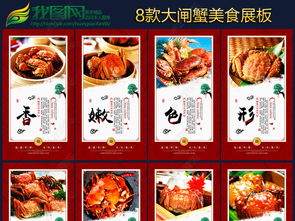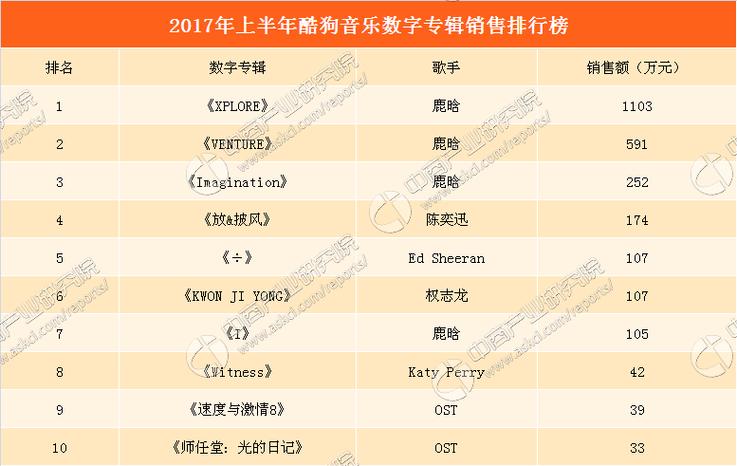幼儿园美食节展板图片
美食规Title: Guidelines for Creating a Nutrition Display Board in a Kindergarten
Introduction:
Nutrition education is crucial for young children's development, promoting healthy eating habits from an early age. A welldesigned nutrition display board in a kindergarten can serve as an effective tool to impart essential dietary knowledge in a visually engaging manner. This document outlines guidelines for creating such a display board, ensuring it aligns with educational objectives and promotes healthy eating habits among young learners.
Content:
1. Theme Selection:
Choose a theme that is appealing and ageappropriate for kindergarten children.
Consider themes such as "MyPlate," "Healthy Food Rainbow," or "Farm to Table" to introduce concepts of balanced nutrition and food diversity.
2. Content Selection:
Include visually appealing images of various food groups such as fruits, vegetables, grains, protein, and dairy.
Incorporate simple and clear labels for each food item to enhance understanding.
Provide basic nutritional information, such as the benefits of each food group and recommended serving sizes for children.
3. Interactive Elements:
Integrate interactive components such as lifttheflap panels or rotating wheels to engage children in learning.
Include fun activities like matching games or puzzles related to healthy eating to reinforce concepts.
4. Language and Visuals:
Use childfriendly language and colorful visuals to captivate the attention of young learners.
Incorporate illustrations or cartoons depicting healthy eating habits and food preparation to make learning enjoyable.
5. Educational Messages:
Emphasize the importance of balanced meals and the significance of each food group in promoting growth and development.
Highlight the connection between healthy eating and overall wellbeing, including physical and mental health benefits.
6. Cultural Sensitivity:
Ensure inclusivity by representing a variety of cultural food traditions and dietary preferences.
Foster appreciation for diverse cuisines and encourage children to explore new foods from different cultures.
7. Safety Considerations:
Use nontoxic materials and secure all elements firmly to prevent choking hazards or accidents.

Avoid small detachable parts that may pose a risk to young children.
8. Maintenance and Sustainability:
Regularly update content to keep the display board relevant and engaging.
Use durable materials that withstand frequent handling and are easy to clean for hygiene purposes.
Promote sustainability by incorporating recycled or ecofriendly materials where possible.
Conclusion:
A welldesigned nutrition display board in a kindergarten can serve as a valuable educational resource, fostering healthy eating habits and nutritional awareness among young children. By following these guidelines, educators can create an interactive and visually stimulating environment that promotes lifelong health and wellbeing.











